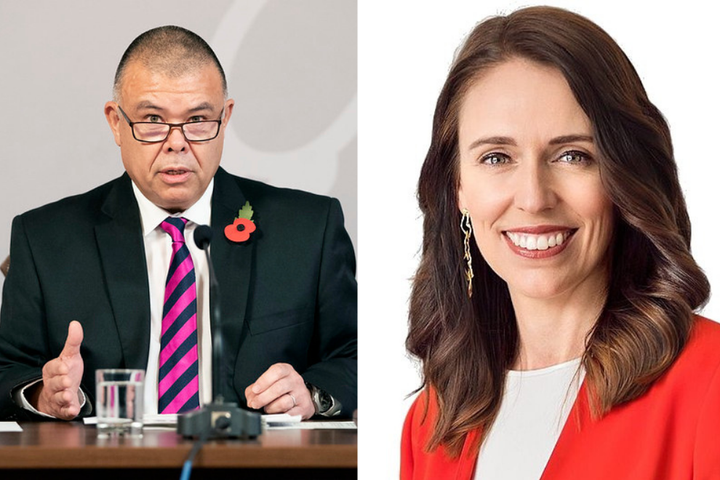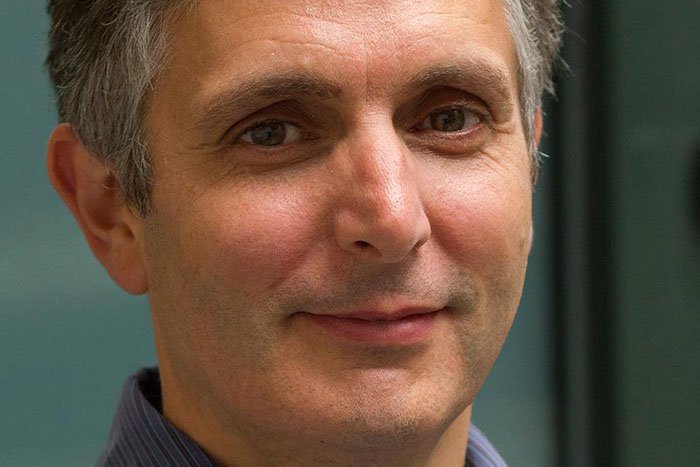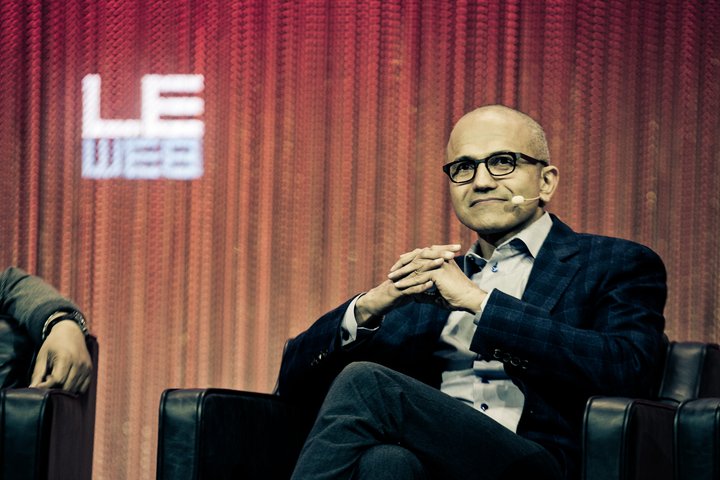Leading by example: trust and communication in a post-Covid world
“We are probably in the last few furlongs of this race – like in the Grand National. We just have a couple more fences…” Jonathan Van-Tam, January 2022
During the depths of the Covid-19 pandemic, England’s Deputy Chief Medical Officer Jonathan Van-Tam became a familiar face on TV screens. At a time when many were struggling to understand what was going on, Van-Tam’s use of metaphors – particularly in relation to the vaccine rollout – were a rare highlight. Like New Zealand’s Prime Minister Jacinda Ardern, whose approval rating at the height of the pandemic made her the most popular PM in a century, Van-Tam sought to explain England’s response to the pandemic in a way we could understand.

Integrated leadership
For RADA Business tutor Andrew Tidmarsh, Van-Tam’s idiosyncratic communication style is one of the very things that makes him an effective leader. “One of the most interesting things about leadership in the 21st century is that everything is integrated,” Andrew says. “When we look at people like Jonathan Van-Tam and Jacinda Ardern, and others like Microsoft CEO Satya Nadella, we feel instinctively these people have integrity. They live and breathe their values.”
From Van-Tam’s metaphors to Ardern’s empathy and Nadella’s accountability, the last few years have seen a shift in leadership. Established autocratic leadership styles are still in evidence – for example, Lord Alan Sugar, whose character on The Apprentice is blunt and doesn’t leave much room for error (even allowing for the fact that The Apprentice is a reality show).
But many contemporary leaders are embracing a more integrated style – and whereas autocratic leaders might rely on specific team members for insights to help shape decision-making, integrated leadership instead tries to engage every single employee around the same goal.
So if you want to perform effectively and ensure every employee is embodying your message, read on for Andrew’s five key steps towards integrated leadership.
Step one: empower your audience
In today’s digitised world, Andrew says it is even more important for leaders to think about how they interact. “If you want someone to behave a certain way you need to empower, rather than instruct,” Andrew says. “Jonathan Van-Tam is brilliant at this. If you listen to his speeches, he doesn’t tell you what to do. Instead he asks you to picture everything in terms of what you want. ‘If you want us to be able to relax some of the restrictions, then we’ve all got to get our boosters’, for example.”
Empowering language puts the impetus on the audience, and gives them a stake in the outcome. Of course, there is the risk an individual will not behave as you want, but that is a risk with any kind of communication – and allowing space can bring greater rewards.
“As a leader, your employees’ initiative is one of the most powerful things you have,” Andrew says. “So you should allow them to use it, without fear of punishment.”
This doesn’t mean being entirely hands-off, but empowering an employee to use their own judgement and being available to help if mistakes are made. Your workforce will be more relaxed and easier to engage with, which is particularly beneficial in client-facing meetings and customer-centric industries.

Step two: be contained
“One of the things leaders need to do is to take responsibility for anxiety,” Andrew says. “People want to feel reassured by those in charge.”
There’s an element of projection in this. “During a challenging situation, we often have an unconscious need for parental security. So we look for a grown-up,” Andrew says. “There’s a reliability in containment. We want to see leaders who hold themselves still, who breathe deeply.”
By contrast, if a leader gives the impression of not being able to sit with anxiety themselves – for example, blaming others, using negative language, showing restless body language – it puts the anxiety back on the audience.
And leaders often have to deal with challenging situations, so this is a real skill. “Being contained also gives the impression of wisdom,” Andrew says. “Jacinda Ardern always displays a kind of lightness, even during difficult situations. There’s an ease to how she presents herself. This says to the audience: 'we’re going to be talking about something difficult, but I feel an ease in doing it, so I can contain this anxiety for you'."

Step three: be clear in your communication
Van-Tam’s metaphors are part of his signature style. They paint a picture of a journey that everyone can imagine. They also create a sense of the journey being shared – his repeated use of ‘we’ and the sports analogies he uses are relatable and encouraging.
Ardern, too, has a very clear way of communicating. “When she speaks, it’s as if all the processing has happened before. She doesn’t appear to be thinking on the spot. Even when that isn’t the case, that’s the impression,” Andrew says.
And clear communication develops trust. “It allows the audience time and space to think,” Andrew says. “At the same time, she makes her point once and then moves on, which means the audience doesn’t have to take on board any struggle. They understand the point being made is finite, which is a relief – and through that relief comes trust.”

Step four: show empathy
“Showing empathy is so important for integrated leadership,” says Andrew. “Identifying as one of us, rather than telling us you are distinct and separate, allows your audience to engage with you.”
Ardern’s postponement of her own wedding, in support of New Zealand’s Covid-19 restrictions, is a great example. “She’s saying: 'look, I’m no different from anyone else'," Andrew explains. “‘Everyone over the last few years has experienced inconveniences.’ She’s identifying with her audience. Similarly, Von-Tam spoke about his 78-year-old mother; he discussed taking her to get vaccinated as soon he could. That’s a Prime Minister and a distinguished academic, sharing personal experiences to underscore their message. It’s a huge skill, being able to empathise.”
For those who favour the more autocratic style of leadership epitomised by Lord Sugar’s character, using personal stories may seem unusual, but it is a very valid tool. “Being able to identify with your audience, and have your audience identify with you, is powerful,” Andrew says. “It stops these kinds of us vs. them situations developing, which means people are more likely to trust you.”
Step five: be accountable
Which brings us to Andrew’s final point, and the particular example of Microsoft CEO Satya Nadella.
In 2014, Nadella was at a conference in celebration of Women in Computing. When asked how women should negotiate salary increases, he said: “It’s not really about asking for the raise, but knowing and having faith that the system will actually give you the right raises as you go along.” The interviewer on the panel, Maria Klawe – a Microsoft Director – disagreed with him and suggested women do their homework, and practise asking for pay rises.
Nadella was roundly criticised for his comment, and later issued a statement on Twitter acknowledging he had been ‘inarticulate’ and his advice was wrong. In an email to Microsoft employees, he then said: "I believe men and women should get equal pay for equal work. And when it comes to career advice on getting a raise when you think it’s deserved, Maria’s advice was the right advice. If you think you deserve a raise, you should just ask."

For Andrew, Nadella’s apology – and the way he responded afterwards – shows how he developed as a leader.
“Being accountable isn’t saying ‘I’m sorry, but…’. It’s admitting to having made a mistake, then committing to learning from it,” Andrew explains. “That’s what Nadella did. Not only did he make himself accountable, he visibly learned. He didn’t immediately recover. He went away and thought about his business practices. Today, he’s known as a leader who practises and preaches empathy and growth.”
After all, as we know, no leader is infallible. But by building a relationship that allows your audience to trust you, even an error of judgement like Nadella’s needn’t be the end of your leadership career. Acknowledge your mistakes, learn from them, and get back on the horse.
Like a Grand National jockey, if you will.
